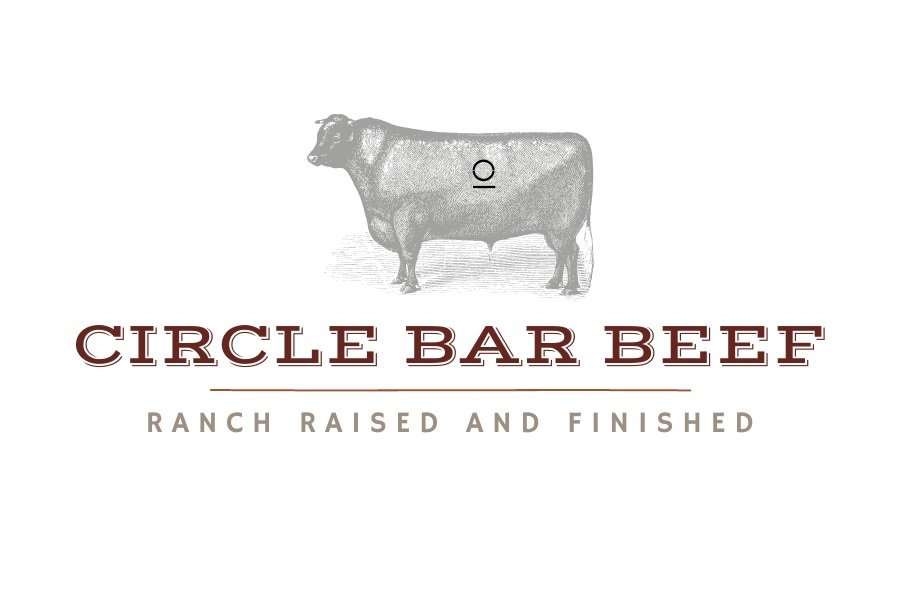Grazing Practices and Climate
Rotational grazing has become a pretty standard practice.
For those who haven’t heard of it, it is basically the practice of splitting up pastures and rotating livestock in and out of these smaller pastures as to not let grasses get overgrown, or overgrazed. This improves the soil and root systems of the plant. It improves the pasture.
From smaller farms that rotate their livestock daily, to larger farmers with more animals that do it weekly or monthly. It all depends on the area, but the benefit is healthier soil.
Rotational grazing practices have been in use for a long time on permits out west. In 1934 the Taylor Grazing Act was passed to regulate grazing on public land to improve conditions, and establish some rules to what had previously been a pretty cut throat practice by cattlemen. Ranchers implemented the Taylor Grazing Act by the dividing up allotments and rotating cattle in compliance. At the time they probably didn’t realize the benefits it would have. This practice has become more wide spread because of the benefits. Not to mention it is utilizing land that can not be farmed to still produce food, sequester carbon, and mitigate wildfires.
We move and rest allotments the entire summer grazing season. Working with BLM and Forest Service to best figure out these rotations, considering water, wildlife, and soil. It is a great relationship. One we fight for against “environmentalists” that don’t want to see cattle on public land. What they seem to forget is that cattle have been here and are part of the ecosystem, they help to keep this land healthy. If they didn’t it wouldn’t be sustainable. This sustainability has been proven over decades. If this practice didn’t work it would have ended long ago, the land wouldn’t have allowed it.
Not every year is the same, Mother Nature is in charge of that. All we can do is adapt, and do what is best for the land so it will be there for us the next year, and we must be doing something right. Family Ranches have been using these grazing permits for generations.
There is so much more to this climate debate than what you hear on the news. All you need to do is breath the clean air in places like this, and look around to see that cattle aren’t the problem. Those that want agriculture to take the fall for climate have an agenda that has less to do with a clean planet and more to do with lining their pockets. It scares me because the green policies they are pushing could lead to people wondering where they are gonna get their next meal.
So please do your homework. Ask questions, and educate others on the importance of grazing permits, and rotational grazing, they aren’t just helping to sustain a healthy environment, they sustain a healthy food supply.


